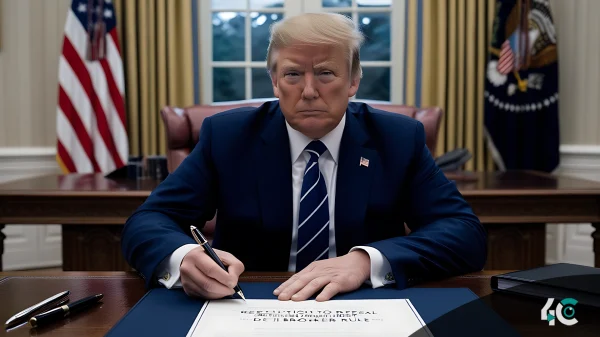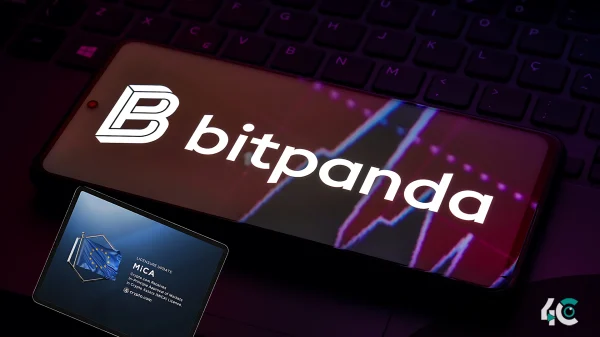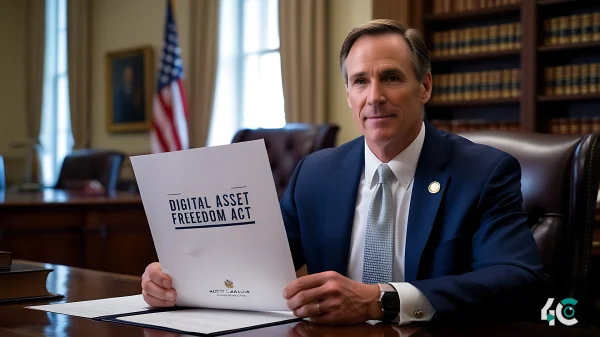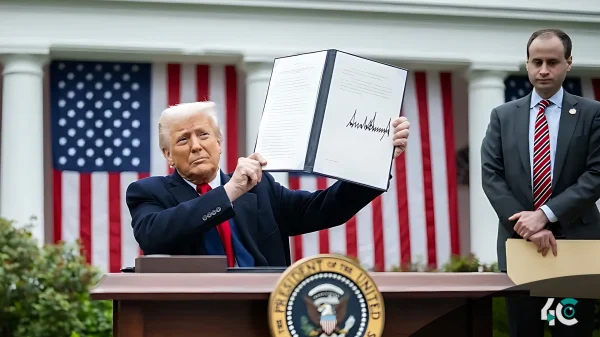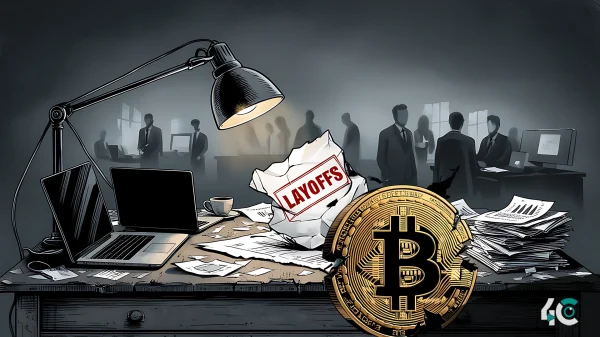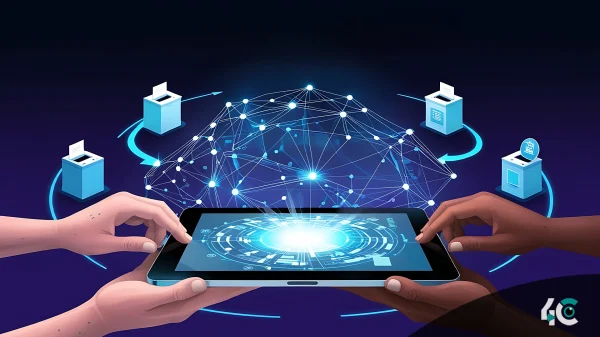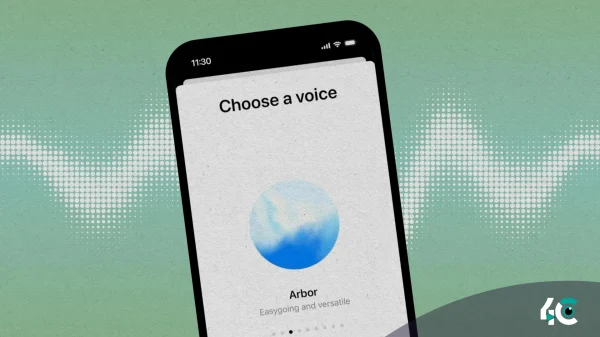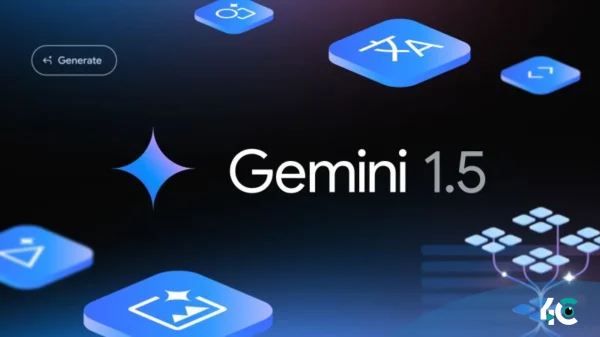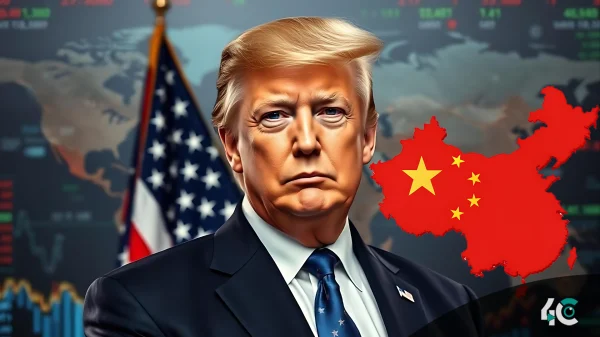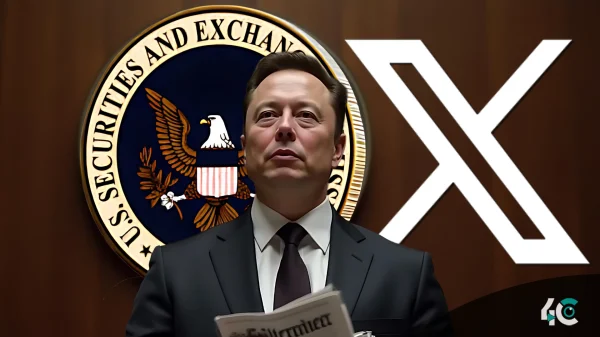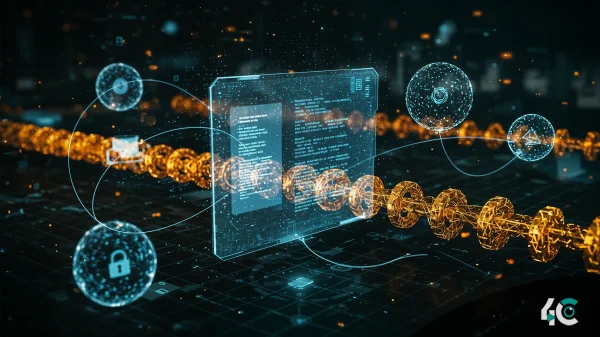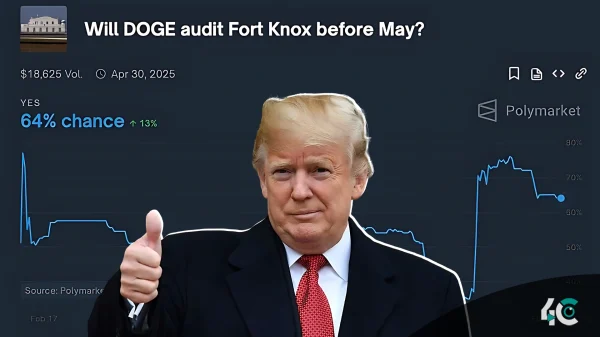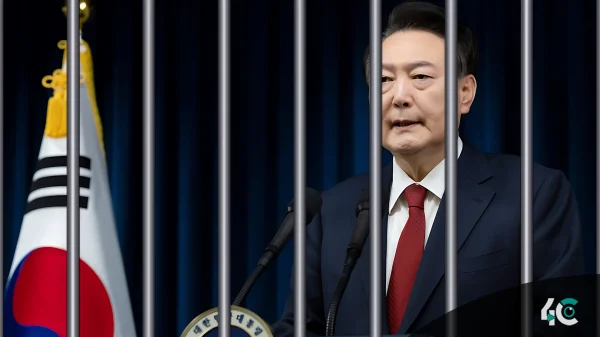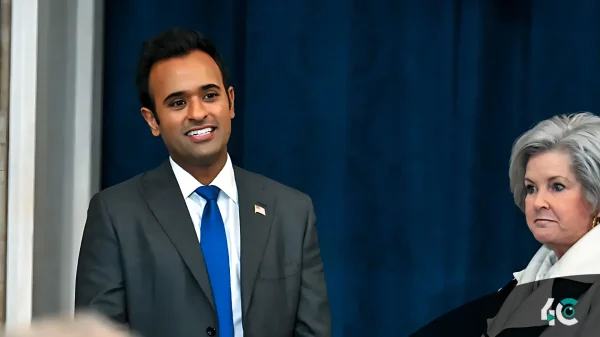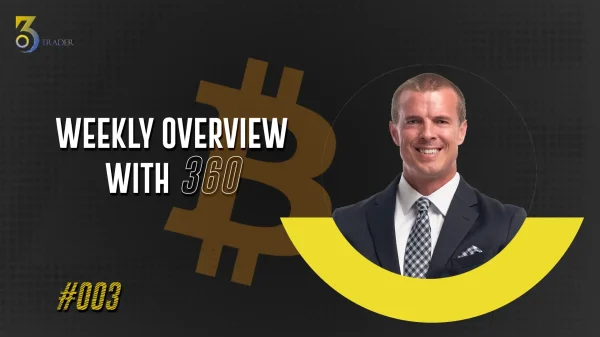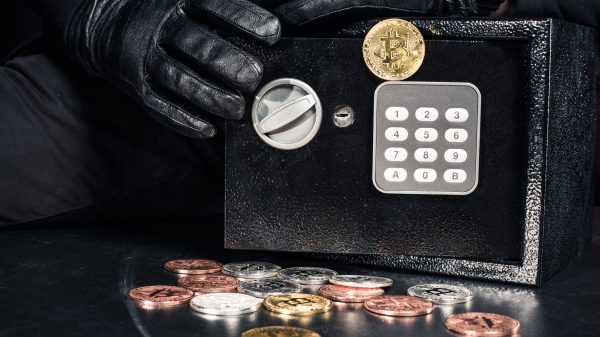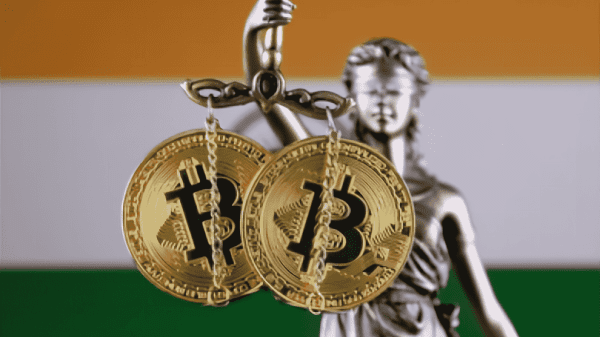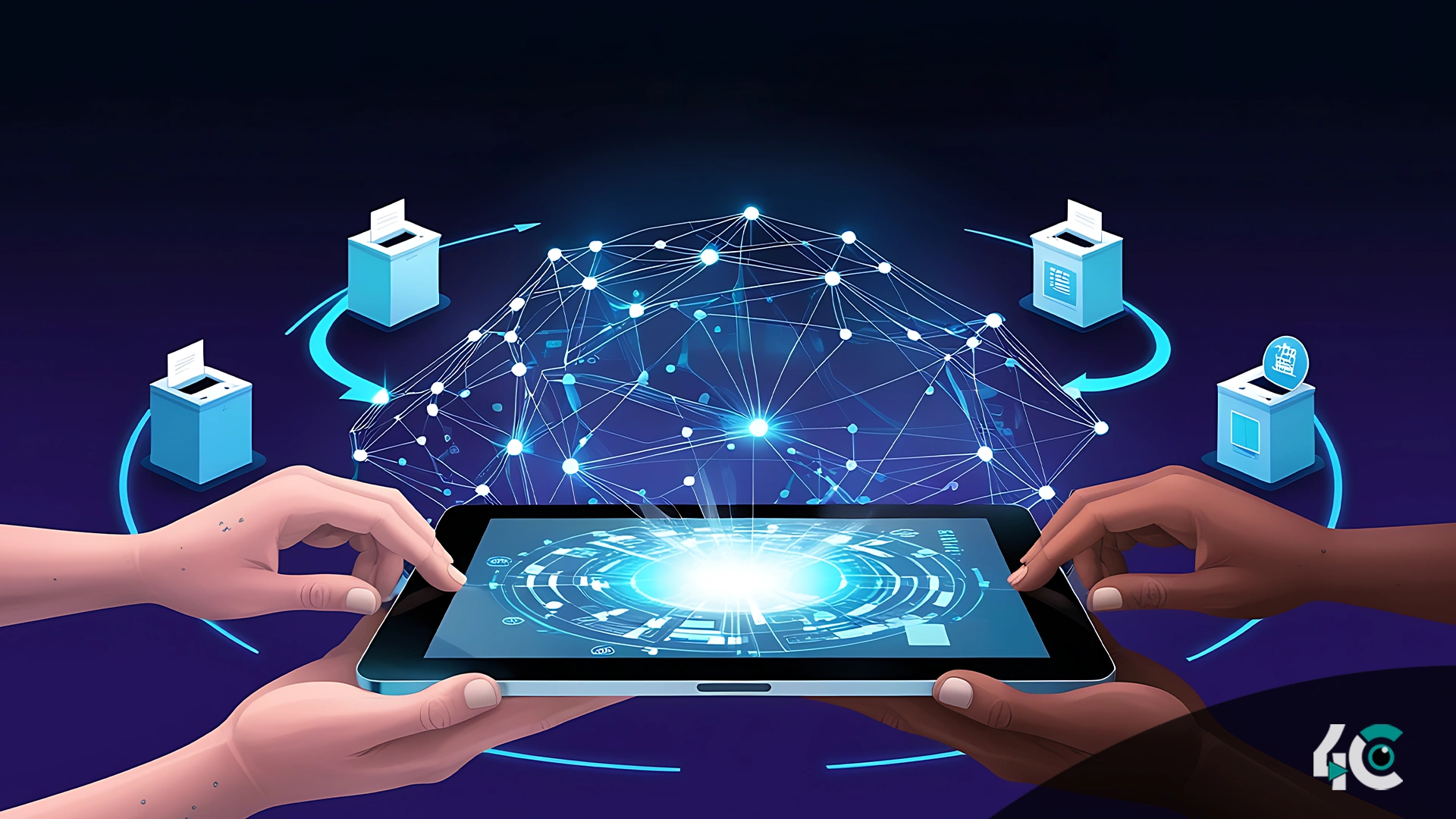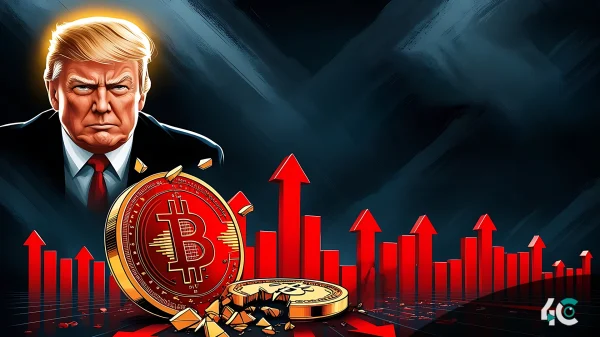The Promise of Blockchain Voting
Using blockchain for elections may be a good idea given its potential use. Recording votes on a distributed network can theoretically remove many of the risks posed by voting machines and systems. This includes issues such as balloting, miscounting, lack of transparency, and more. We will encrypt, time-stamp, and permanently store the votes, enabling real-time auditing of the results.
Many nations will be testing blockchain voting by the year 2025. Estonia, a leader in digital governance, has added blockchain e-voting to its program, enabling citizens to vote from anywhere without losing faith in the experiment. Likewise, some cities in the United States and Switzerland have tried blockchain solutions for local elections, claiming increased turnout and reduced administrative costs are some of the early benefits.
Dr. Emily Chen, a cybersecurity consultant who specializes in election technology, remarked that blockchain can improve the integrity and accessibility of elections. “This could be very beneficial for people who can’t go to polling stations due to a disability, distance, etc.”
The Risks of Adoption
Many security experts and policymakers have doubts about blockchain voting despite its promise. One major concern is the risk of cyberattacks. Even though the blockchain is secure, it is the systems that interface with it that are not. Hackers can easily target software like voter registration databases, mobile apps, and hardware. A breach at any point in the process compromises the entire system.
In addition, those against the plans believe that blockchain does not get rid of things like voter coercion and misinformation campaigns. Allowing people to vote without going to the polls can lead to coercion from families, employers, or even foreign governments seeking to intervene.
“It sounds good in theory to use blockchain for elections, but in practice, it creates a Pandora’s box,” said James Carter, a digital rights activist. “What if the system malfunctions or experiences a hack on election day? You can’t just hit redo when it comes to democracy.”
Lessons from Past Failures
Rushing new technologies into use without proper testing can lead to disastrous consequences. A 2020 blockchain-based app designed to be used for the Iowa Democratic caucuses in the United States failed, which caused delays, confusion, and skepticism regarding results. Other places that tried e-voting also had similar troubles. The incidents show that it is difficult to use these systems at a bigger level.
It is critical to carry out testing and have safeguards before using blockchain for national elections. However, there are many who fear that political pressure will lead to a premature application of the tech.
Balancing Innovation and Security
Experts suggest using blockchain with current protections to reduce risks as much as possible. Keeping paper ballots as a backup, for instance, can provide a safety net in case of technical glitches. Stronger identity verification and encryption help protect against fraud and other unauthorized access.
Public education will also play a crucial role. Many voters are still not familiar with blockchain and may be reluctant to back a system they don’t understand. To ensure security, transparent communication about how the technology works will be essential to building trust.
“Technology alone will not solve the problems of today’s elections,” commented pot-policy advisor Sarah Lin. “It must be expanded into a wider strategy that requires public engagement, legal frameworks, and continuous monitoring”
A Global Experiment
Countries all around the world have different approaches to blockchain voting. Some countries use blockchain voting, but others remain cautious. After discovering flaws in its trials, France abandoned its intention to allow overseas voting using blockchain. Meanwhile, India is looking at blockchain tech for its local elections, which it sees as a means of obviating fraud and inefficiency.
There have been numerous attempts to address the complex issue. Different countries have different challenges and requirements; therefore, a universal approach will not work in the case of blockchain.
The Verdict: Hope or Hype?
We will have to wait for a while to see if blockchain technology is truly going to be a new age of transparent and secure elections or if it will just turn out to be an over-the-top vision. To make it work, we must deal with technical, logistical, and ethical problems. People from the government and technology sectors must work together.
Currently, the outcome remains uncertain. Dr. Chen correctly stated that it is not a panacea to restore democracy but rather a tool. The application of this tool will determine whether it reinforces or undermines the fundamental principles of free and fair elections.
The risks could not be any greater than now. Today, we’re at a crossroads for blockchain and elections; how we wield that tool will determine whether it strengthens or undermines the foundations of free and fair elections. One thing’s for sure: the stakes couldn’t be higher.


